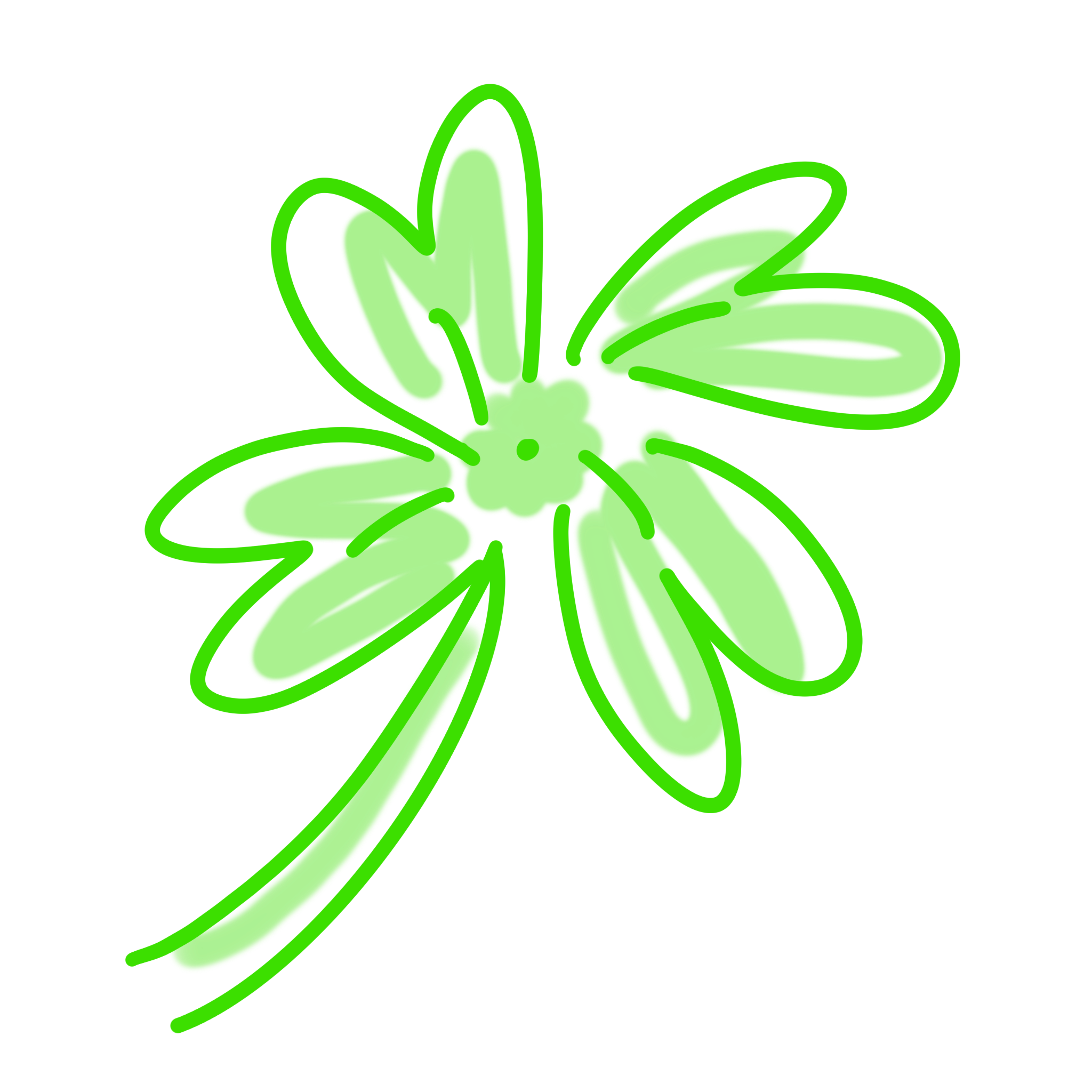
It's Exam Season !
From all of us at Edukatte, we wish you the very best of luck in your upcoming CXC exams! Stay focused, believe in yourself, and remember that all your hard work will pay off. You've got this!
Cells
Learn about Cells.
Edu Level: NCSE
Date: Aug 9, 2021
⏱️Read Time: 5 min
https://askabiologist.asu.edu/cell-viewer-game/play.html
Organelles in both Plant & Animal Cells
Cell Membrane

The membrane that separates the inside of the cell from the rest of its environment. Has semi-permeable membrane and is also known as the plasma membrane.
Nucleus

The nucleus is the control center of the cell. It is the largest organelle in the cell and it contains most of the DNA of the cell. Enclosed in nuclear membrane.
Nucleolus

Inside the nucleus is another organelle called the nucleolus. The nucleolus is responsible for making ribosomes.
Nuclear DNA

DNA (Deoxyribonucleic Acid) contains the genetic information for cells to grow, live, perform their functions, and reproduce. DNA controls different characteristics the makes persons different.
Nucleoplasm
Made of water and some minerals.
Ribosomes

Some ribosomes are found in the cytoplasm, but most are attached to the endoplasmic reticulum (ER). While attached to the ER, ribosomes use a form of DNA instructions to make proteins that the cell needs. They also make proteins that may be exported from the cell for work in other parts of the organism.
Rough Endoplasmic Reticulum (RER)

The endoplasmic reticulum (ER) is a network of membranes found in the cytoplasm of the cell. There are two types, rough and smooth. It is called rough when there are ribosomes attached. The rough endoplasmic reticulum is where most protein synthesis occurs in the cell.
Smooth Endoplasmic Reticulum (SER)

The endoplasmic reticulum (ER) is a network of membranes throughout the cytoplasm of the cell. There are two types, rough and smooth. It is called smooth when there are no ribosomes attached. The smooth endoplasmic reticulum makes lipids in the cell. The smooth ER also helps to process or detoxify harmful substances found in the cell.
Cytoplasm or cytosol

The watery fluid that surrounds all the organelles. It’s important that the cytosol is watery, as lots of molecules and organelles must travel to different parts of the cell through the cytosol.
Golgi Complex or Golgi Apparatus

The organelle that sorts and ships the proteins produced in the ER. Just like our postal packages, which should have a correct shipping address, the proteins produced in the ER
Mitochondria

Mitochondria are the cell’s powerhouses. These organelles package the energy of food into ATP molecules.
Vesicles

This term literally means “small vessel”. This organelle helps store and transport products produced by the cell. Some vesicles deliver materials to parts of the cell and others transport materials outside the cell in a process called exocytosis.
Peroxisomes

These collect and safely break down chemicals that are toxic to the cell.
Specialized Animal Organelles
Lysosomes

Created by the Golgi complex, these help break down large molecules into smaller pieces that the cell can use.
Centriole

Centrioles are found only in animal cells, where they help make cytoskeleton. They come into action during cell division, when they organize and move chromosomes.
Channel

Channels in the cell’s plasma membrane. These channels are made up of certain proteins that help control the movement of food and water into the cell.
Specialized Plant Organelles
Cell Wall

In addition to cell membranes, plants have cell walls. Cell walls provide protection and support for plants. Unlike cell membranes, materials cannot get through cell walls. This would be a problem for plant cells if not for special openings called plasmodesmata.
Plasmodesmata

Unlike cell membranes, materials cannot get through cell walls. This would be a problem for plant cells if not for special openings called plasmodesmata. These openings are used to communicate and transport materials between plant cells because the cell membranes are able to touch and so can exchange needed materials.
Chloroplast

This is the organelle in which photosynthesis takes place. In this organelle, light energy from the sun is converted into chemical energy. Chloroplasts are found mostly in plant cells. The chemical energy that is produced by chloroplasts is used to make carbohydrates like starch that are stored in the plant. Chloroplasts contain tiny pigments called chlorophylls. Chlorophylls are responsible for trapping light energy from the sun.
Vacuole

Plant cells have what looks like a very large empty space in the middle. This space is called the vacuole. Don’t be fooled – the vacuole contains large amounts of water and stores other important materials such as sugars, ions, and pigments.
Other Information
Specialized Cells
This means they have structures that are adapted for their function.
Examples of specialized Animal Cells
Ciliated Cell - Push & move mucus from 1 place to another.
Red Blood Cells - Transports oxygen from lungs to body tissue for aerobic respiration. Has Hemoglobin, doesn't have nucleus and is very flexible.
Examples of specialized Plant Cells
Root hair Cells - Absorbs water & Minerals from the soil. Has long thin extension, for large surface area.
Xylem Cell - Transports water in the plant and also provides support. Have no cytoplasm. Strengthen by lignin and is water proof.
Cells
Basic structural and functional unit of a living organism.
Tissue
Group if cells with similar structures working together to perform a shared function.
Organ
Structure made up of tissues, working together to perform a specific function.
System
Group of organs with related functions, working together to perform body functions.
 Krish Beachoo
Krish Beachoo